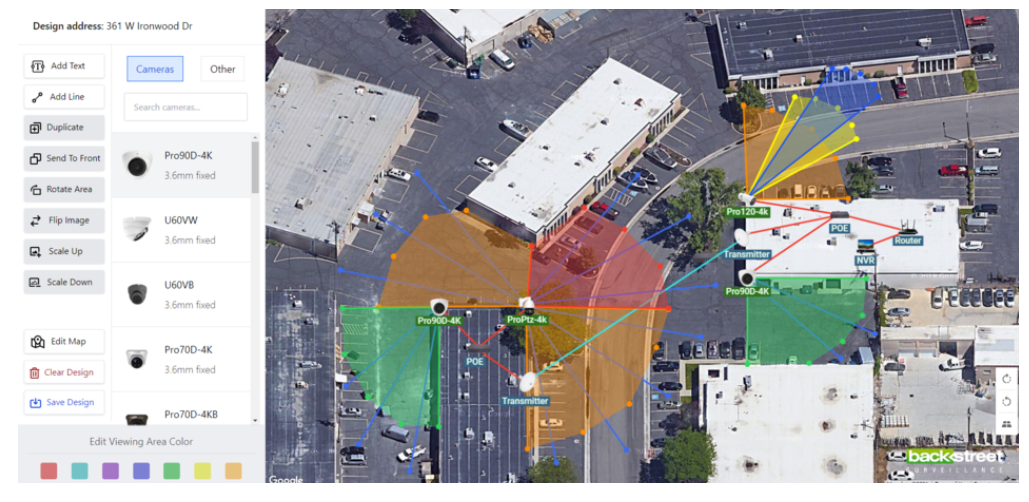Milestone Trend Analysis: An Essential Tool for Project Management
Milestone Trend Analysis (MTA) is a powerful project management technique used to monitor and evaluate the progress of a project. By tracking the dates of key project milestones over time, project managers can identify trends, predict future performance, and make informed decisions to keep the project on track. This method visually represents milestone dates, clearly showing project status and potential risks.
What is Milestone Trend Analysis?
Milestone Trend Analysis involves plotting project milestones’ planned and actual dates on a chart over time. Each milestone is tracked to show how its scheduled completion date changes as the project progresses. This graphical representation helps understand whether the project is on schedule, ahead, or behind.
Critical Benefits of Milestone Trend Analysis
- Early Problem Detection: MTA helps identify delays and deviations from the project plan early, allowing for timely corrective actions.
- Improved Decision-Making: By visualizing trends, project managers can make more informed decisions regarding resource allocation, timeline adjustments, and risk management.
- Enhanced Communication: MTA charts clearly and concisely communicate project progress and issues to stakeholders, fostering transparency and trust.
- Performance Tracking: It allows for continuous project performance monitoring against the baseline, facilitating better control and management.
How to Implement Milestone Trend Analysis
- Define Milestones: Clearly define the key milestones of your project. These are critical points that signify significant progress or completion of major tasks.
- Set Baseline Dates: Establish the initial planned dates for each milestone. This forms the baseline against which actual progress will be measured.
- Track Progress: Regularly update the chart with actual milestone completion dates. Note any changes and adjust the trend lines accordingly.
- Analyze Trends: Review the trends to identify any patterns or issues. Look for consistent delays or deviations and analyze their causes.
- Report Findings: Use the MTA chart to report progress to stakeholders, highlighting any concerns and proposed actions.
How Milestone Trend Analysis Works
MTA involves plotting project milestones’ planned and actual dates on a chart. Typically, this is done on a time-phased basis, with the horizontal axis representing time and the vertical axis representing milestone dates. Each milestone is tracked over regular intervals, showing how the projected completion date changes as the project progresses.
Components of Milestone Trend Analysis
- Milestones: These are specific, significant points in a project timeline that represent the completion of major tasks or phases. Each milestone should be clearly defined and measurable.
- Baseline Dates: The initial planned dates for each milestone are established at the project’s outset. These dates serve as reference points against which actual progress is measured.
- Trend Lines: Lines plotted on the chart showing the progression of milestone dates over time. Trend lines indicate whether the project is on schedule, ahead, or behind.
Steps to Conduct Milestone Trend Analysis
- Define and List Milestones: Identify all key milestones that must be tracked throughout the project. These should include project start, intermediate, approval, and end milestones.
- Establish Baseline Dates: Set the initial planned dates for each milestone. These baseline dates form the basis for comparison throughout the project’s lifecycle.
- Regularly Update Actual Dates: At regular intervals (e.g., weekly or monthly), update the chart with the actual dates when milestones are reached. Adjust the trend lines to reflect any changes in the schedule.
- Analyze Trends: Evaluate the trend lines to identify patterns and deviations from the baseline plan. Look for signs of consistent delays, improvements, or other significant changes.
- Report and Act: Use the findings from the trend analysis to report project progress to stakeholders and to take necessary actions to address any issues. Adjust plans and resources as needed to keep the project on track.
Detailed Advantages of Milestone Trend Analysis
- Visual Progress Tracking
- MTA visually represents project progress, making it easier to understand and communicate. MTA charts’ visual nature helps quickly identify trends and potential issues.
- Timely Interventions
- By spotting delays early through trend analysis, project managers can intervene promptly to mitigate risks. This proactive approach reduces the likelihood of project overruns and cost escalations.
- Enhanced Predictability
- MTA enhances the predictability of project outcomes by showing how current trends are likely to affect future performance. This allows for more accurate forecasting and planning.
- Improved Stakeholder Confidence
- Regular updates and transparent reporting of project progress build confidence among stakeholders. Clear visualization of progress helps manage expectations and secure continued support.
- Data-Driven Decision Making
- MTA provides a data-driven basis for decision-making. Project managers can make informed decisions regarding schedule adjustments, resource allocation, and risk management by analyzing trends and patterns.
Best Practices for Effective Milestone Trend Analysis
- Consistent Monitoring: Regularly update and review the MTA chart to ensure it reflects the current project status. Consistency in monitoring is critical to accurate trend analysis.
- Detailed Milestones: Break down more significant milestones into smaller, more manageable tasks. This granularity provides more precise tracking and helps identify specific areas of concern.
- Collaborative Approach: Engage the project team in the MTA process. Collective input ensures the data is accurate and everyone is aligned with the project goals.
- Integration with Project Management Tools: Utilize project management software that supports MTA. Integrated tools streamline data collection, analysis, and reporting, making the process more efficient and less error-prone.
Milestone Trend Analysis is an essential technique for project managers seeking to maintain control over their projects. MTA ensures project success by providing early insights into potential issues, facilitating better decision-making, and enhancing stakeholder communication. Implementing MTA effectively requires regular monitoring, detailed milestone tracking, and a collaborative approach, but its benefits to project management are well worth the effort.
Best Practices for Milestone Trend Analysis
- Consistent Updates: Regularly update the MTA chart to reflect the current project status.
- Detailed Milestones: Break down more significant milestones into smaller, more manageable tasks for more precise tracking.
- Collaborative Approach: Involve the entire project team in the MTA process to ensure accurate data collection and analysis.
- Integrated Tools: Utilize project management software that supports MTA to streamline the tracking and reporting process.
Conclusion
Milestone Trend Analysis is a vital tool for effective project management. Providing early insights into potential delays and deviations empowers project managers to take proactive steps to keep projects on track. With its visual representation of project progress, MTA enhances communication with stakeholders and supports better decision-making, ultimately contributing to the successful completion of projects.
MY MRA Portal – Streamlining Tax Administration in Mauritius
Exploring the McMinn Portal: A Guide to Its Features and Benefits










